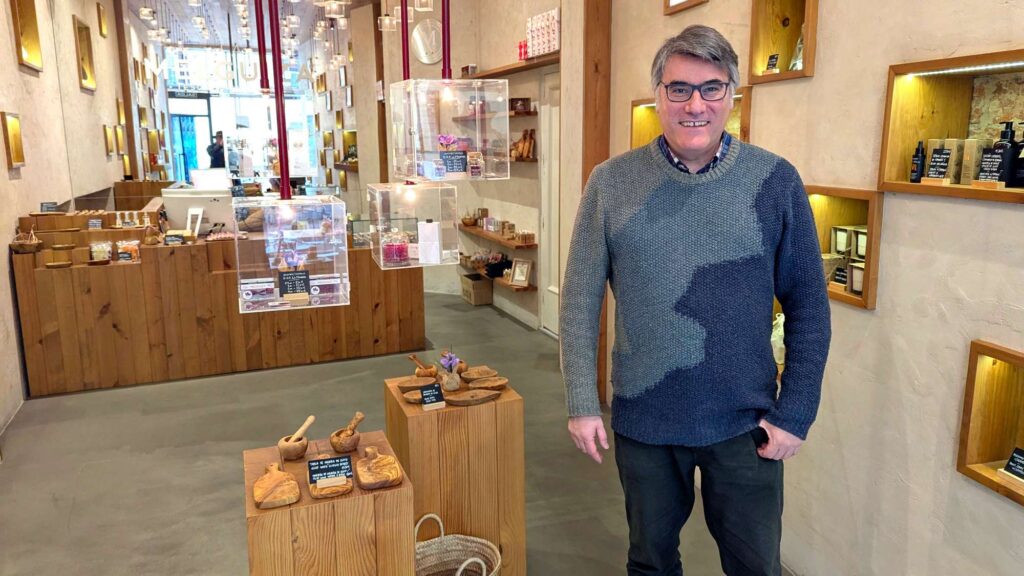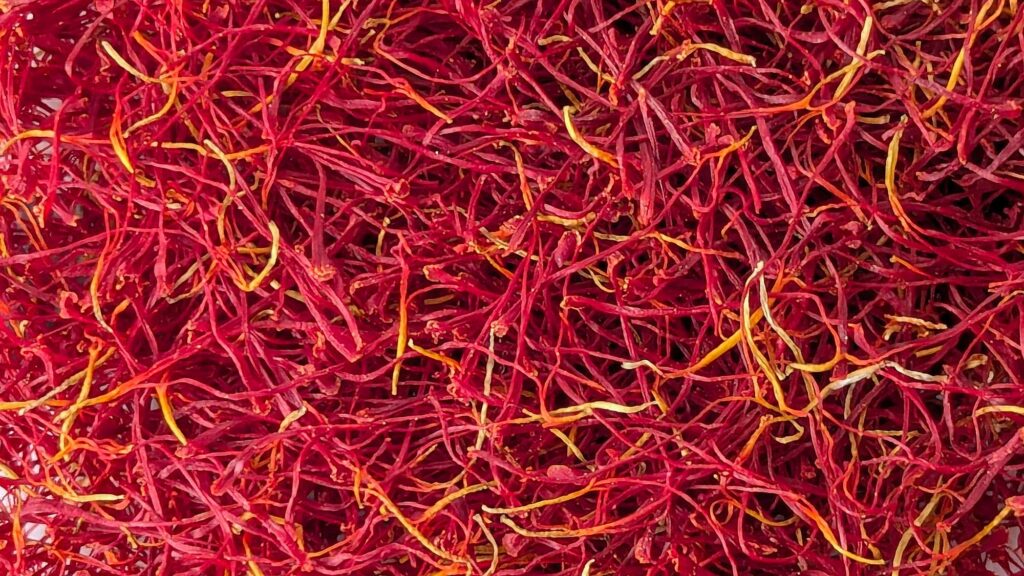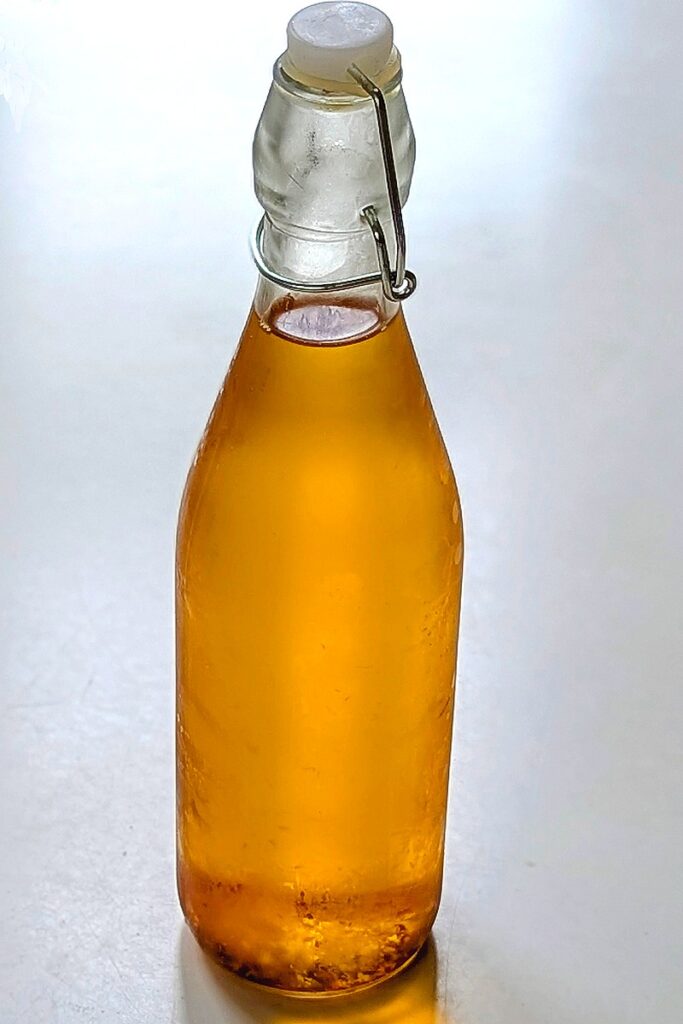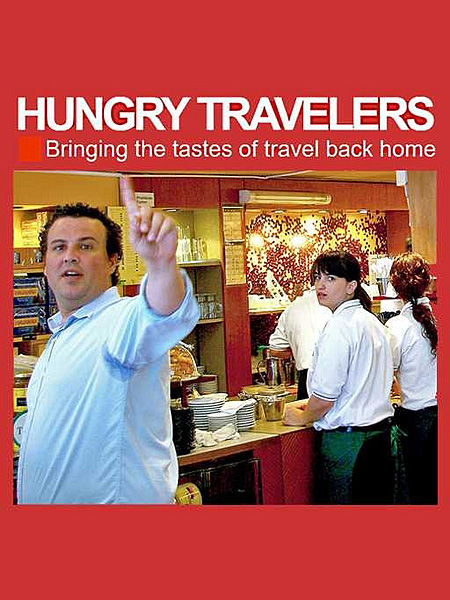
Ask Spaniards where the world’s best saffron comes from and they’ll proudly tell you Spain. Ask David Saenz Condado and he’ll tell you why. Saenz is the proprietor of a smart little Madrid boutique called La Melguiza (c/de Santiago, 12; +34 91-547-9323, lamelguiza.es). Just a block and a half from the Mercado San Miguel off Plaza Mayor, the shop promises ‶tesoros de azafrán.″ It delivers those treasures in spades with containers of saffron as well as saffron honey, saffron chocolate, saffron hard candies, and saffron body products. (The shop also offers sweet, smoked, and hot Spanish paprikas.)
For the uninitiated, saffron is the world’s most expensive spice. It consists of the dried stigmas of the fall-blooming flower of crocus sativa. Fortunately, only a few threads of saffron are required to impart the spice’s characteristic golden hue and tea-like aroma to a dish.
Like other luxury goods, saffron is easy prey for knock-offs. Many countries cultivate saffron, with Iran and Afghanistan being among the biggest producers. India, Italy, Greece, Turkey, and Morocco are not far behind. Alas, according to Saenz, a lot of ‶Spanish saffron″ comes from one of the other saffron-growing regions but is repackaged in Spain. Here’s where E.U. regulations are a big help. The genuine article will say ‶Azafrán de La Mancha, Denominación de Origen Protegida.″ That statement is a legal guarantee that it was grown in La Mancha and adheres to specific methods of production. For example, it must be hand-picked. More importantly, La Mancha saffron is dried by ‶toasting″ it in small wire baskets over a wood fire. From our own experience at the Saffron Harvest Festival in Consuegra, we’ll attest that the aroma makes everyone for miles around crave a nice paella or a saffron-flavored stew.

Making the most of using the best

The technique of drying makes a huge difference. Most of the world’s saffron is sun-dried, often in the fields. That process creates threads with a fairly consistent red color but a dull appearance. La Mancha saffron, which usually has a few yellow threads mixed in due to the hand-picking, is brighter and shinier — almost like mercerized cotton thread. In addition to adding a hint of smoke, the toasting seals in the aromatic compounds to preserve the most intense flavor.
We have tasted saffron from a number of countries and the truth is that it’s all pretty good. But we do agree with Saenz that the best is true Spanish saffron from the region of Castilla-La Mancha. It has the deepest and most complex flavor and imparts the most color to a dish.
Any saffron is pretty expensive. Top quality saffron is even pricier. Saenz gladly offers advice on how to extract the most flavor from the smallest amount of saffron. For most dishes, he advises grinding a few threads with a pinch of salt using a mortar and pestle. Then add a little of the cooking liquid and let it sit for up to a half hour. Add the infusion into the dish shortly before serving.
He also recommends making an alcohol infusion by adding 15-20 threads to a bottle of white wine, which should then be firmly sealed and kept in the refrigerator. For recipes calling for wine (as so many rice dishes do), use the saffron wine.
In general, Saenz advises, store saffron in a dry place out of direct sunlight. Properly stored saffron will hold its quality for about five years, we’ve read. We can never keep it around long enough to find out.
